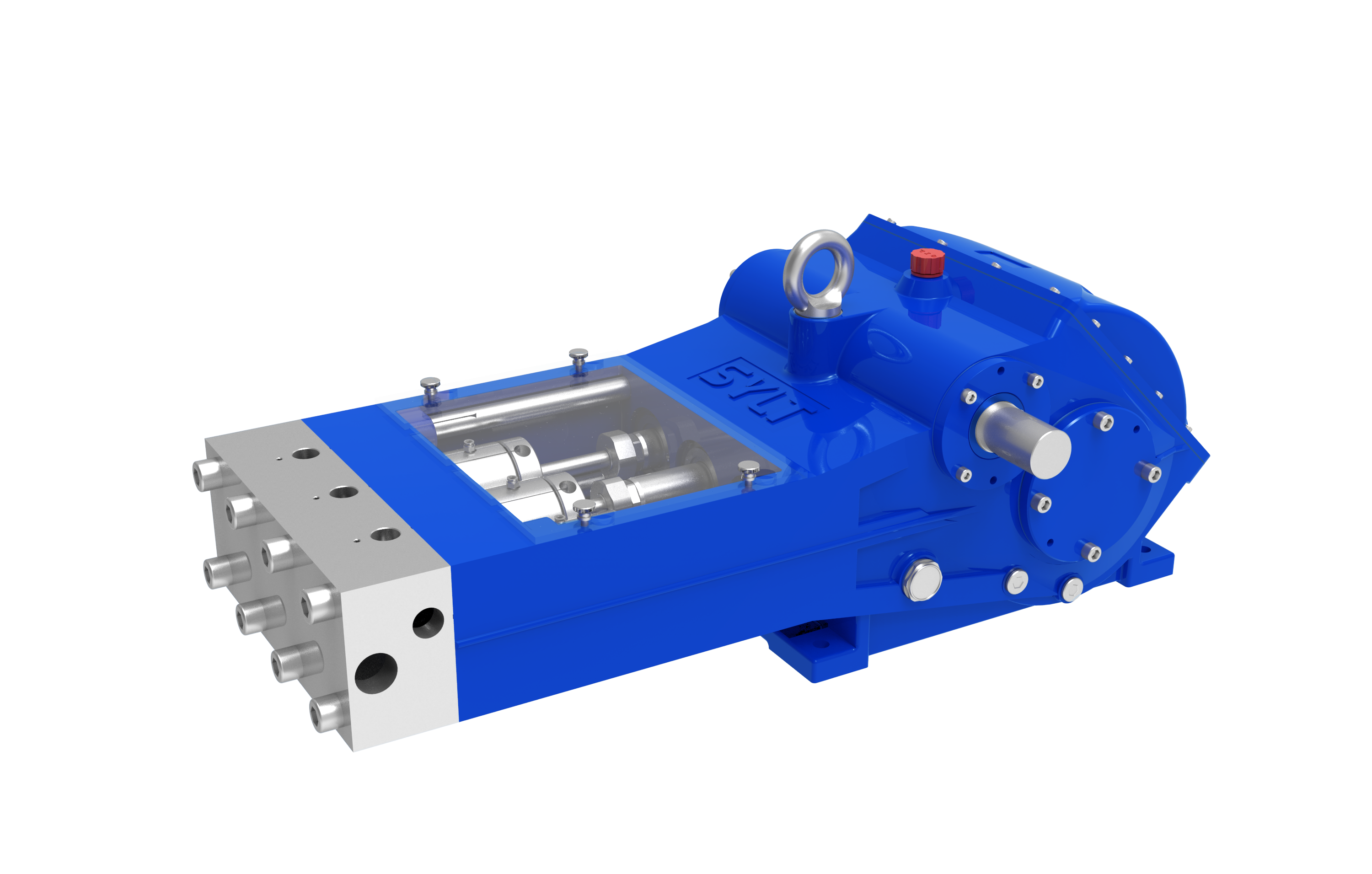High-pressure plunger pumps have strict requirements for water quality—this is by no means an overreaction, but rather stems from their inherent characteristics. Precise structure, demanding operational environment, and core working principles Determined by this. Water quality that fails to meet standards can directly lead to a sharp decline in pump performance, reduced lifespan, and even severe malfunctions.
Here's a detailed analysis of the reasons, which can primarily be attributed to the following core issues:
1. The hazards of particulate matter (the most critical factor)
At the heart of the high-pressure plunger pump are the plunger and seals—typically a ceramic plunger paired with specialized rubber seals—whose precise clearance between these critical components is measured in micrometers.
Wear and Scratch : Hard particles such as sediment and rust in the water will enter this gap, acting like an "abrasive" that quickly scratches the smooth surface of the plunger and wears down the seals. This will lead to:
Increased internal leakage : Sealing failure causes pressure to fail to build up, resulting in a drop in the pump's output pressure and flow rate.
Reduced efficiency More energy is wasted due to internal leaks, resulting in unproductive work.
Permanent damage In severe cases, it can lead to piston scratches and damage to the sealing sleeve, requiring costly repairs and replacements.
2. The Impact of Water Hardness (Calcium and Magnesium Ions)
Hard water contains higher levels of calcium and magnesium ions.
Scale Formation Issue : During pump operation, local temperatures may rise, and moisture could also evaporate. This leads to the precipitation of calcium and magnesium salts in the water (primarily calcium carbonate and calcium sulfate), forming hard scale deposits.
Clog the flow channel : Scale can clog water inlet filters, valves, and tiny internal channels, affecting both the inflow and outflow of water.
Affecting Cooling and Lubrication : Scale builds up inside the pump body, acting like an insulation layer that hinders heat dissipation, ultimately causing the pump to overheat.
Stuck moving parts In severe cases, scale may accumulate near the plunger or valves, causing them to move inflexibly or even become stuck altogether.
3. The Influence of Corrosive Ions (such as Chloride Ions)
The corrosive components in water, such as chloride ions, can cause double damage:
Corrode metal components It can corrode metal parts such as plungers, cylinder blocks, valves, and springs, compromising their surface finish and structural integrity.
Accelerating seal aging : Most rubber sealing materials, such as nitrile rubber and polyurethane, accelerate hardening, embrittlement, and loss of elasticity when exposed to chemicals like chloride ions, ultimately leading to seal failure.
4. Microorganisms and Organic Matter
Although it doesn’t produce immediate results like the previous items, its long-term impact cannot be ignored.
Forming biofouling : Bacteria, algae, and other microorganisms in the water can multiply inside tanks, pipelines, and pumps, forming a sticky, flocculent substance.
Clogged filter : Sticky sludge can quickly clog the inlet filter.
Exacerbate corrosion : Microbial metabolites may form localized corrosion cells, accelerating metal corrosion.
5. Gas Content Issue
Air dissolved in water may be released during the pump's liquid suction process.
Cavitation phenomenon "This is the 'invisible killer' of high-pressure pumps. When pressure changes rapidly, air bubbles released in the water instantly collapse in high-pressure zones, generating an extremely powerful shock wave. This shock wave can:
Eroding material surfaces : Like countless tiny bombs, it continuously bombards the metal surface (especially plungers and valves), causing pitting and flaking.
Generating noise and vibration : This leads to unstable pump operation and increased noise.
Performance degradation :Bubbles occupy space, hindering water intake and reducing volumetric efficiency.
Summary and Recommendations
To ensure the reliable operation and long lifespan of high-pressure plunger pumps, the requirements for inlet water quality are typically as follows:
| Water quality parameters | Requirements | Reason |
|---|---|---|
| Solid particulate matter | Usually requires filtering to 0.1mm | Prevent abrasive wear of the plunger and seals. |
| Water hardness | Use as much as possible Soft water , the lower the hardness, the better. | Prevent scale formation to avoid clogs and overheating. |
| Chloride ion concentration | Keep it as low as possible—there’s no strict standard, but it needs to be controlled. | Prevent metal corrosion and accelerate seal aging. |
| Suspended Solids/Turbidity | Extremely low. | Prevent clogging and sediment formation. |
| Gas content | As low as possible. | Prevent cavitation from occurring. |
Therefore, in practical applications, equipping high-pressure plunger pumps with a suitable water treatment system is essential.
In summary, the stringent requirements for water quality are essentially about safeguarding the delicate "heart" of the high-pressure plunger pump. Investing in proper water treatment is far more cost-effective than frequently repairing or replacing the pump's expensive core components.
The 17th China International Powder Metallurgy and Hard Alloy Exhibition
The 2025 17th China International Powder Metallurgy and Hard Alloy Exhibition from March 10-12, 2025, at the Shanghai World Expo Exhibition and Convention Center, Hall H1, B425. We welcome guests to visit.
"Private custom" product design, reliable and durable finished products
"Private custom" like product design, reliable and durable finished products, professional and timely after-sales service. It is the "three basic concepts" that the company adheres to from the beginning until today ".
Experienced market research team, independent product development concept
We have experienced mature market research team, independent product research and development concept, professional design and manufacturing technology so that the company's products can be adjusted according to the specific requirements of customers timely design







